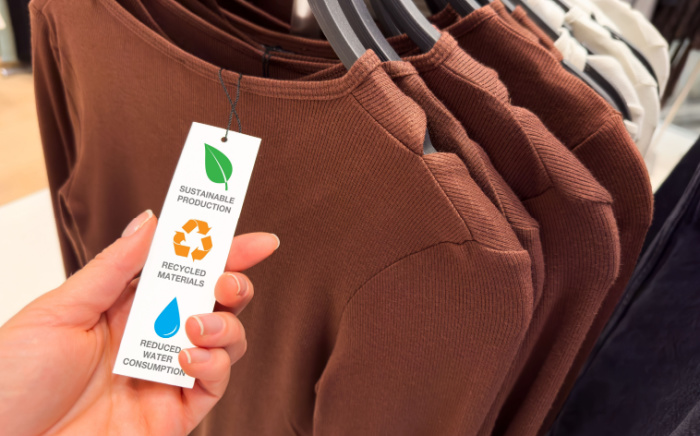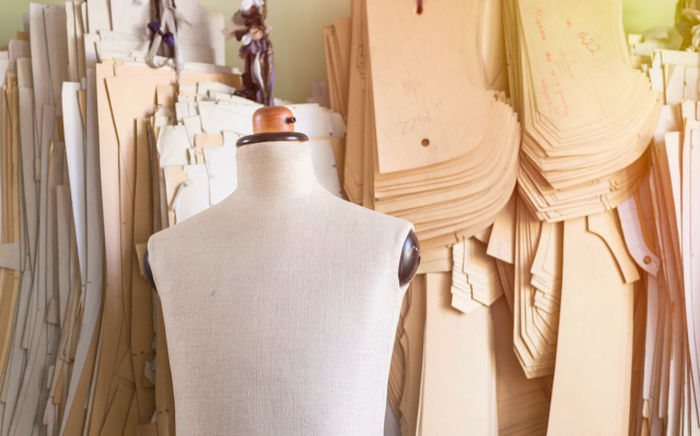The idea of the eco-label first appeared in 1987. The European Commission put the Ecolabel idea up for discussion with member states and in the European Parliament, and after a three-year process, it came into effect on March 23, 1992. The idea of the eco-label first appeared in 1987. The European Commission put the Ecolabel idea up for discussion with member states and in the European Parliament, and after a three-year process, it came into effect on March 23, 1992.
The main advantages of the eco-label can be listed as follows:
- Human rights reveal your sensitivity.
- They are the reason for consumer preference.
- It contributes to your price definition.
- It contributes to your differentiation from your competitors.
- It increases your market share or allows you to maintain your current share.
- It prevents you from losing customers and improves your company's image.
- It is a sustainable method in the life of your world and your generation by reducing your environmental damage.
Eco-label in the textile industry
In our shrinking world with technology and globalization, every country can easily trade and communicate with other countries. The textile and apparel industry is one of the largest industries in the world, both in terms of production and labor. This sector makes a great contribution to people's clothing style and living space. In the ready-made garment and textile industry, there is a strong competition in the world markets. In this competitive environment, health and environmental awareness, which is crucial for consumers, has made the reliability of textile and ready-made garment products an essential factor. In this environment, the fact that these products carry the Ecolabel creates preference and difference in the eyes of consumers.
The Ecolabel criteria are structured to meet the expectations of customers in EU countries and even worldwide. Environmental problems such as global climate change, harmful waste, toxic chemicals, the hole in the ozone layer, acid rain, water and air pollution, which are increasingly affecting the environment today, are also caused by the textile sector, along with other industries. In this sector, a lot of water is consumed in production, and many chemicals and various wastes are used. Some chemicals that become wastes show toxic effects in nature, cause a reduction in the oxygen content of water, and pose a danger to both aquatic life and humans. Therefore, the importance of the environment and the production of environmentally friendly textiles have become more important, and the demand for environmentally friendly textile products has increased rapidly. The eco-labeling system has gained acceptance as a solution to promote environmental awareness and prevent pollution, and studies on this topic continue.
While the debate about what an ecolabel should look like for consumers is so important today and continues, a recent survey showed that there are different priorities in terms of interest in the practice and the type of information it should contain. The survey, conducted by Fordham College-Gabelli School of Business' Responsible Business Coalition and Rockbridge Associates, polled 500 Americans. According to the survey results, half of the respondents said they show some interest in eco-labels when shopping for fashion. 13.1% of respondents said they were very interested in eco-labels. The other half of survey participants said they were less interested in the topic, while 17.8% said they were not interested at all. The study found that interest in ecolabels is very high among relatively younger, college-educated professional consumers, most of whom live in urban areas, while it is much lower among older college-educated consumers. It should not be concluded from the report released as a result of the survey that respondents are not interested in ecolabels; on the contrary, although older generations may not find ecolabels as effective or necessary as new generations, Generation Y and Generation Z will account for more than 50% of the world's income in the next 10 years, and brands that want to remain competitive in the future will need to be more transparent than they are today and make their entire identity clear to consumers. Specified. Other data from the study revealed that consumers' top concerns about ecolabels are a garment's recyclability, human rights, use of chemicals, animal welfare and use of materials. In addition, respondents indicated that in terms of external appearance, the ecolabel should be placed directly on the garment through the brand label, the price label, or both. As indicated by the survey, the textile industry is one of the leading industries when it comes to ensuring sustainability in the world. Eco-labels are an important and viable tool for the textile industry to ensure that products are produced ethically and sustainably, and that environmentally conscious consumers evaluate the sustainability of the textile products they are about to purchase.
References:
1. https://www.belgelendirme.com.tr/eko-etiket-eco-label-belgelendirme.html2.
2. https://www.ecolabel.org/
3. https://www.semtrio.com/ecolabel
4. https://sourcingjournal.com/topics/sustainability/fordham-responsible-business-coalition-aafa-eco-labels-sustainability-354105/

 Back to Blog
Back to Blog











